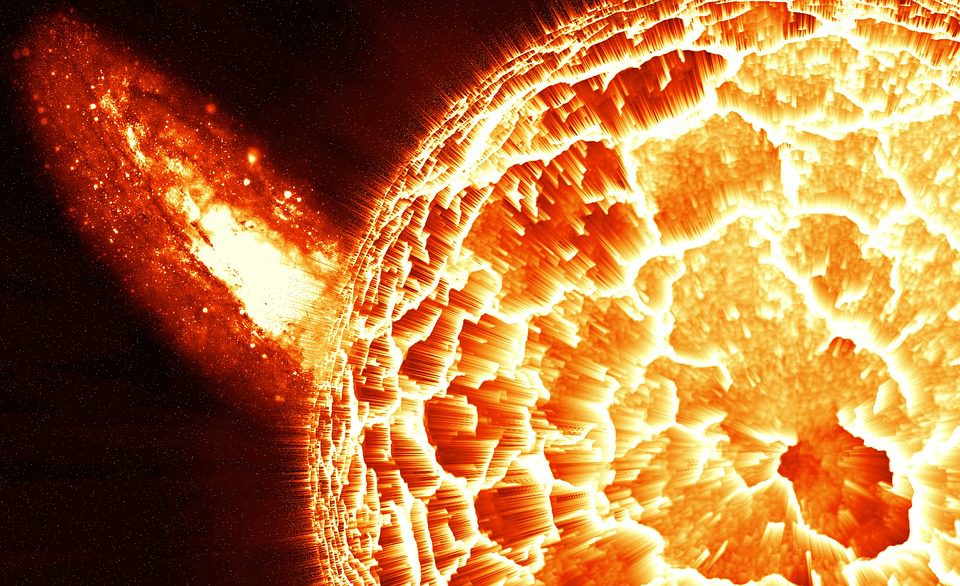Over the weekend, our globe was struck by a geomagnetic storm, which surprised scientists in that it didn’t seem to be caused by a solar flare. Photographers were able to capture the storm when it coincided with a rare conjunction of five planets, making for some spectacular images. Solar flares are generally thought to have been the least likely source of the storm, but now it seems that two streams of solar wind collided, causing a phenomena known as a co-rotating interaction region (CIR).
Solar winds of various speeds collide, resulting in a large impact and accumulation of plasma at a velocity of 700 kilometers per second, even without the presence of a sunspot. In the absence of a coronal mass ejection (CME), scientists were unable to predict the arrival of a geomagnetic storm. The storm opened a break in our earth’s natural magnetosphere when it reached Earth, as per Space Weather.
A gigantic sunspot the scale of our globe aimed directly at us for a week before to the solar storm. In the end, it spun away and no harmful CME was generated, although scientists are still unsure whether it was related to the CIR. Although we might have predicted the storm, our planet has very little protection from the strongest types of space weather, and our growing reliance on electronics puts us at risk of their consequences.
A massive solar storm known as the Carrington Event impacted Earth in 1859, and scientists think it was the greatest storm ever recorded. According to tales from the era, it left an aurora visible throughout the sky, even at lower latitudes and was reported as brighter than the brightness of a full moon. Storms like this one may cost billions of dollars in damage throughout the world, and telegraph networks across Europe and North America went down as a result of it.












Leave a Reply